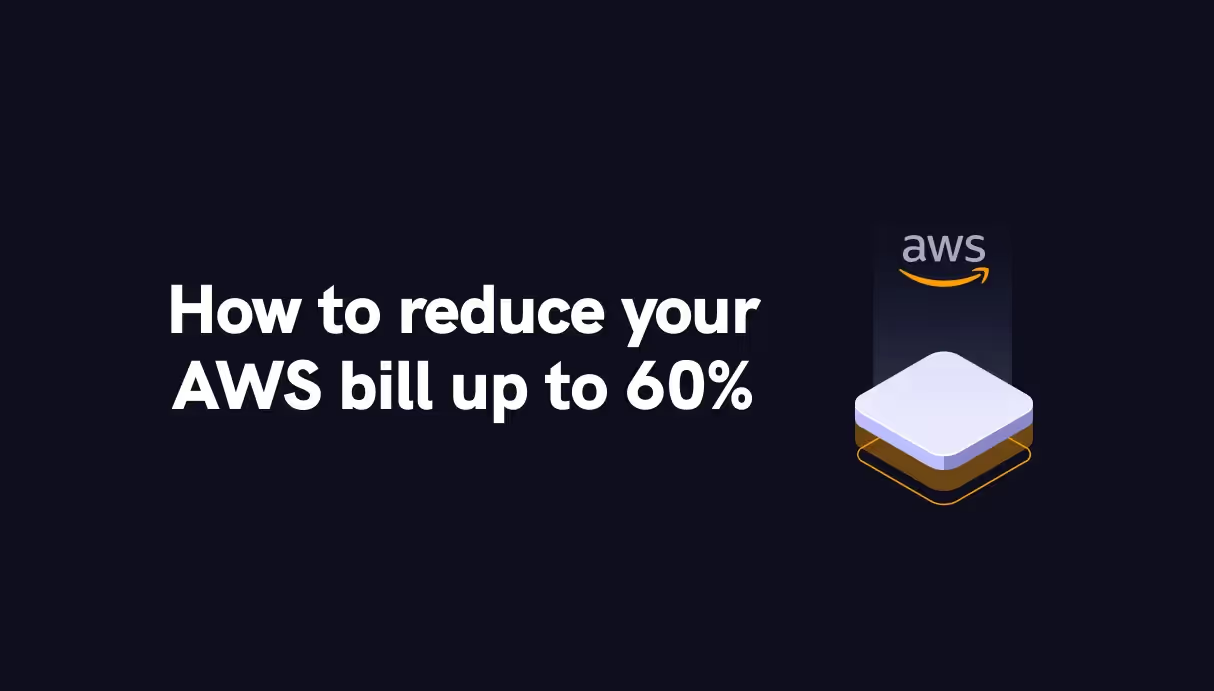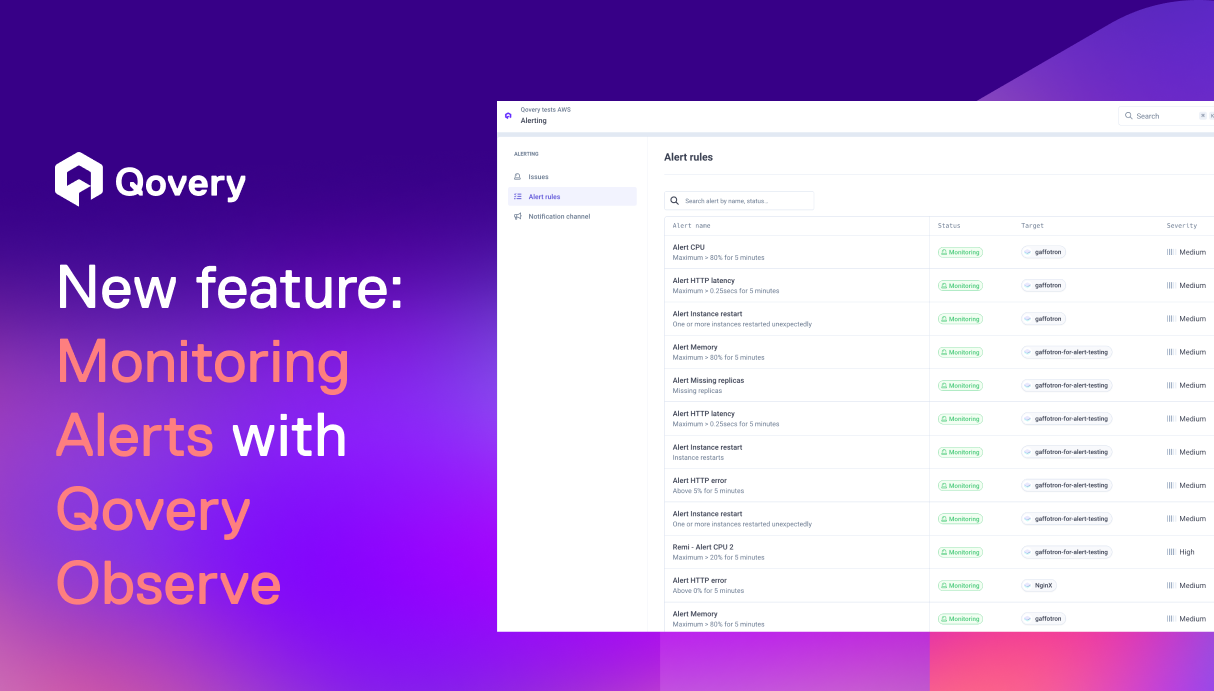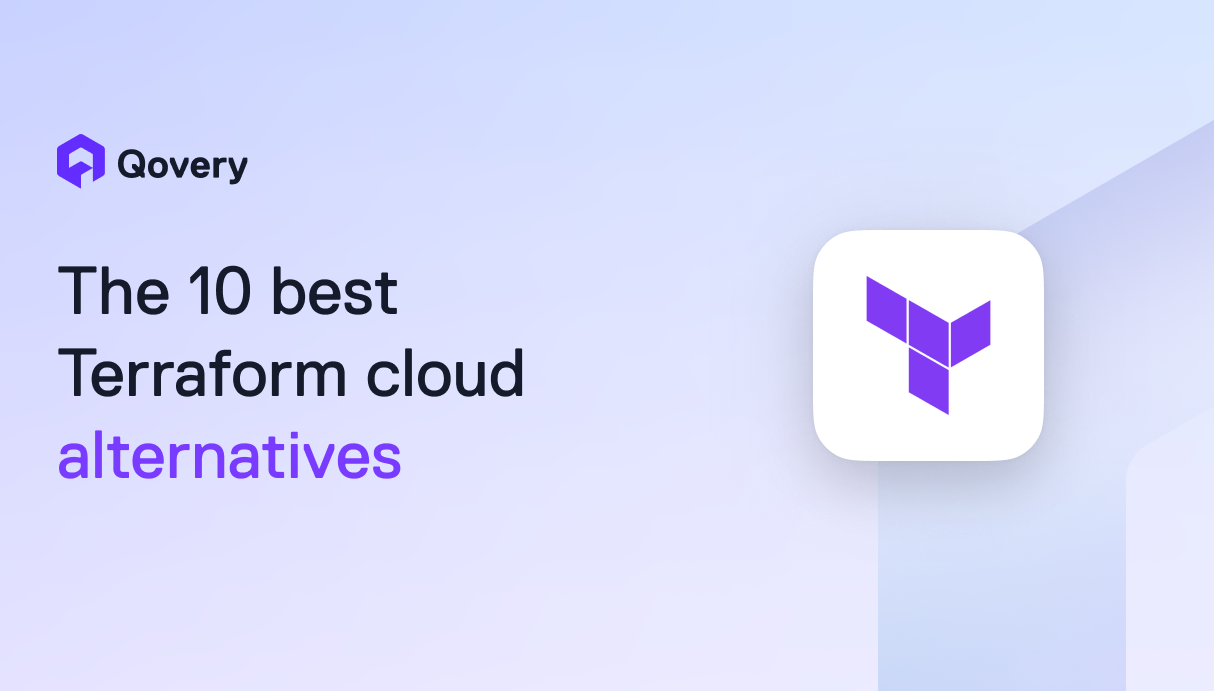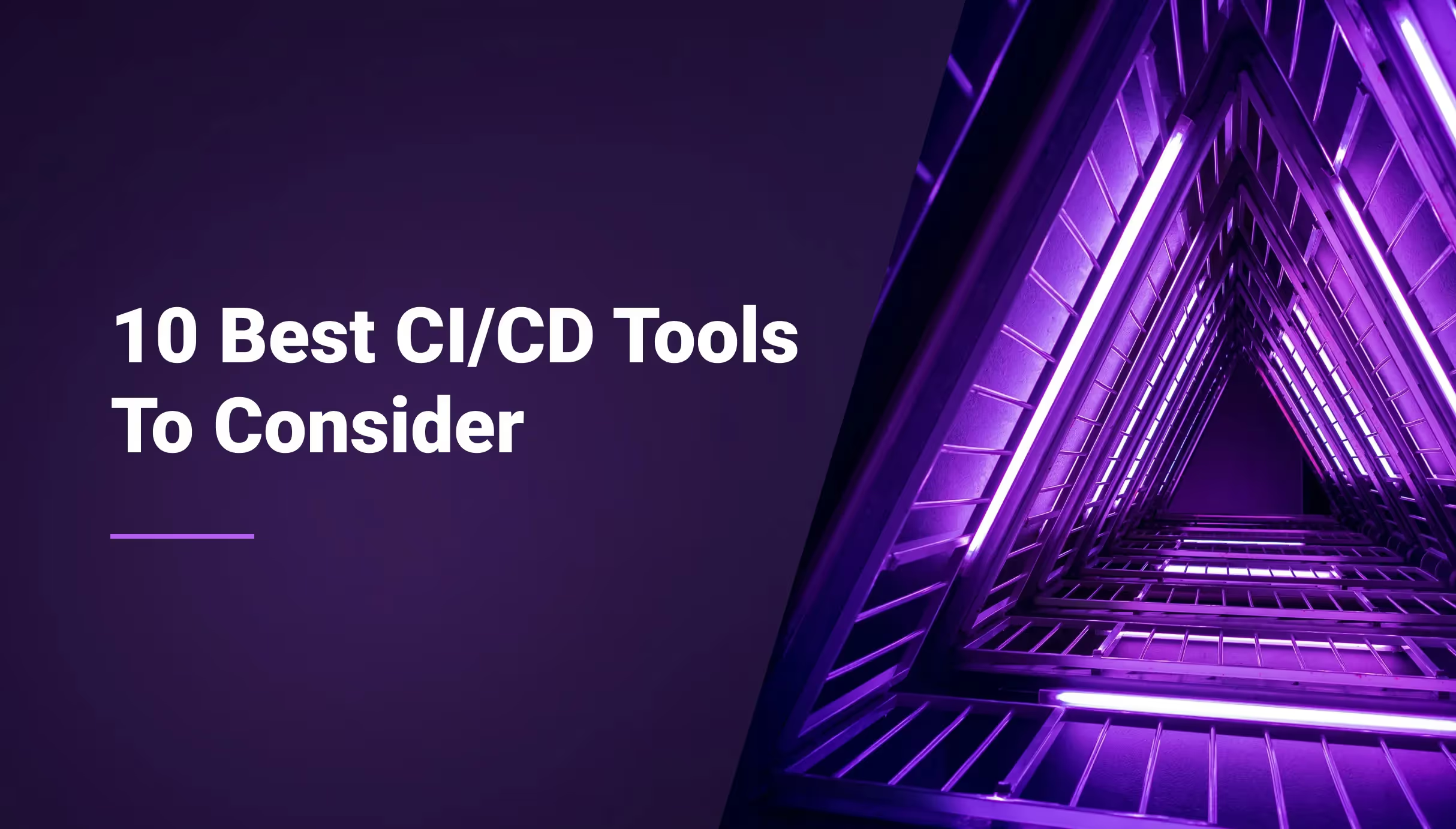

How to reduce your AWS bill up to 60%



Since this article was written, we have partnered with Usage AI - a solution that helps our users to reduce their AWS bill by up to 57% in no time. Check out our partnership announcement.
There are three categories of costs on AWS. The “data transfer”, the “compute”, and the “storage” costs. Qovery heavily optimizes “compute” and “storage” costs. Data transfer is application-dependent.
Here are the four strategies to reduce your AWS bill.
Ephemeral environments
Cost reduction: up to 90% on your development environments
Ephemeral environments are also sometimes called “Dynamic environments”, “Temporary environments”, “on-demand environments”, or “short-lived environments”.
The idea is that instead of environments “hanging around” waiting for someone to use them, Qovery is responsible for spawning and destroying the environments they will run against.
Qovery ephemeral environments are convenient for feature development, PR validation, and bug fixing. By nature, they can drastically reduce the cost of your AWS bill. For example: with Qovery ephemeral environments, you can automatically destroy a development environment if not used for 30 minutes.
Switching on ephemeral environments in Qovery is as simple as one click.
Advantages:
- Save up to 90% on your development environment costs.
- Only used environments are running.
Downsides:
- Not applicable to your production environment.
- It can take some time to start an environment (cold start).
Start and stop schedules
Cost reduction: up to 77% (5 hours per day from Monday to Friday) on your development environments
Similar to ephemeral environments, the idea is to shut down your unused environments. For instance, employees usually work between 9 am to 5 pm, Monday to Friday. Qovery provides everything you need to automatically shut down your development environments when running out of working hours and start them up when in.
With Qovery, your development environment runs only 40 hours instead of 168 hours in one week, which helps you to save 77% of your costs.
Advantages:
- Development environments are shut down outside of your working hours.
- Finally, you can take advantage of the Cloud with dynamic resource provisioning :)
Downsides:
- Not applicable to your production environment.
- It can take some time to start an environment (cold start).
Application auto-scaling
Cost reduction: up to 5% on your production and development environments
Auto-scaling enables you to upsize/downsize the resources of your application automatically.
Auto-scaling also allows lower cost, and reliable performance by seamlessly increasing and decreasing new instances as demand spikes and drops. As such, autoscaling provides consistency despite the dynamic and, at times, unpredictable demand for applications.
Qovery manages horizontal scaling for applications and vertical scaling for databases.
Auto-scaling means that at least one or n instances are running depending on the workload to manage. Qovery manages out-of-the-box auto-scaling. You can expect up to a 5% cost reduction.
Advantages:
- Lower the cost for applications with unpredictable workloads.
- Work on production and development environments.
Downsides:
- Small cost reduction
Infrastructure auto-scaling
Cost reduction: up to 100% on your development environments
Infrastructure auto-scaling is similar to application auto-scaling but at the infrastructure level. Qovery on AWS relies on EKS and can destroy a development cluster if not used.
Advantages:
- Development clusters are destroyed when not used.
- Higher cost reduction than “Start and stop schedules”.
Downsides:
- Init the development cluster can take up to 30 minutes !!!

Suggested articles
.webp)



.svg)
.svg)
.svg)













